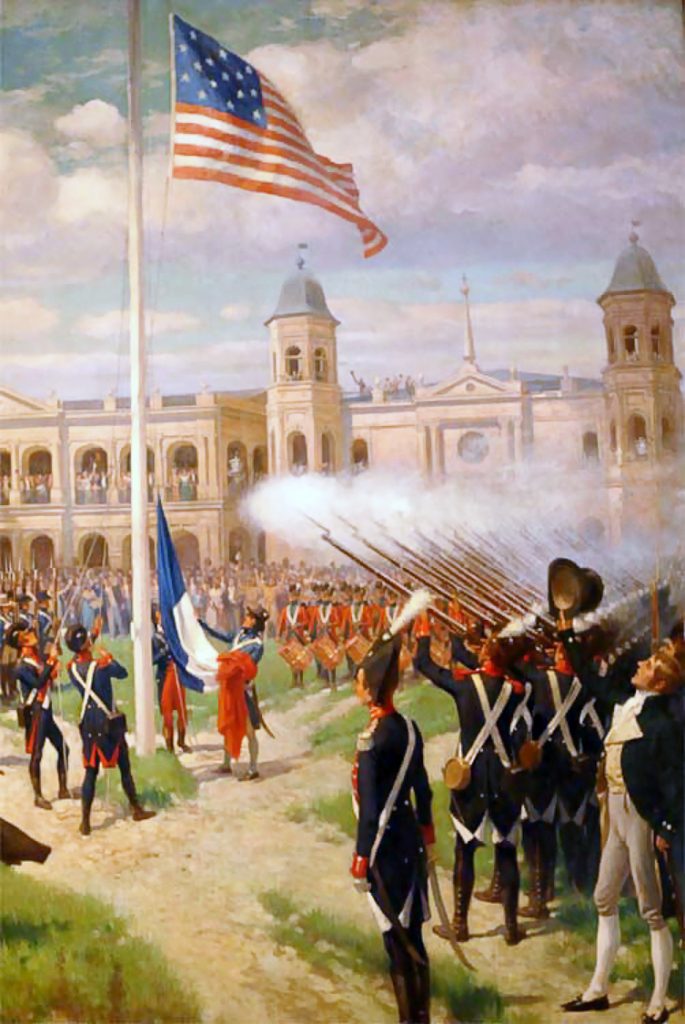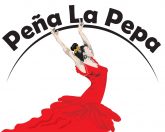France turned over New Orleans, the historic colonial capital, on December 20, 1803, at the Cabildo, with a flag-raising ceremony in the Plaza de Armas, now Jackson Square. Just three weeks earlier, on November 30, 1803, Spanish officials had formally conveyed the colonial lands and their administration to France. Spain ceded Louisiana back to France under the secret Third Treaty of San Ildefonso https://en.wikipedia.org/wiki/Third_Treaty_of_San_Ildefonso

Painting by Thure de Thulstrup, Public domain, via Wikimedia Commons
The Louisiana Purchase was a land purchase made by United States president, Thomas Jefferson, in 1803. He bought the Louisiana territory from France, which was being led by Napoleon Bonaparte at the time, for 15,000,000 USD. First, the men sent to France were allowed to spend up to 10 million USD in order to buy New Orleans and, if possible, the west bank of the Mississippi River. But then the French government said that for 5 million more dollars they would sell all of the Louisiana territory. Thomas Jefferson approved the deal and used his constitutional power to sign treaties to buy the land.
Napoleon Bonaparte sold the land because he needed money for the Great French War. The British had re-entered the war and France was losing the Haitian Revolution and could not defend Louisiana. Thomas Jefferson took the French offer as an opportunity to make America larger, even if it meant going against his Republican principles of small government (some would say he exceeded his constitutional power by accepting the deal on his own).
The purchase added 828,394 square miles and doubled the size of the U.S.. This included all of the states of Oklahoma, Nebraska, Kansas, Iowa, Missouri, and part of the states of Louisiana, Texas, Minnesota, Colorado, New Mexico, Wyoming, Montana, North Dakota, and South Dakota. It also included a small piece of land that is now part of Canada.
The Louisiana Purchase gave the U.S. control of the Mississippi River and the port city of New Orleans, both of which were used by farmers to ship their crops and get paid. It also ensured that France and probably other European countries would not try to take the land. France only controlled small bits of the territory, so the new owners still had to take the land from the Native American nations that lived there.
